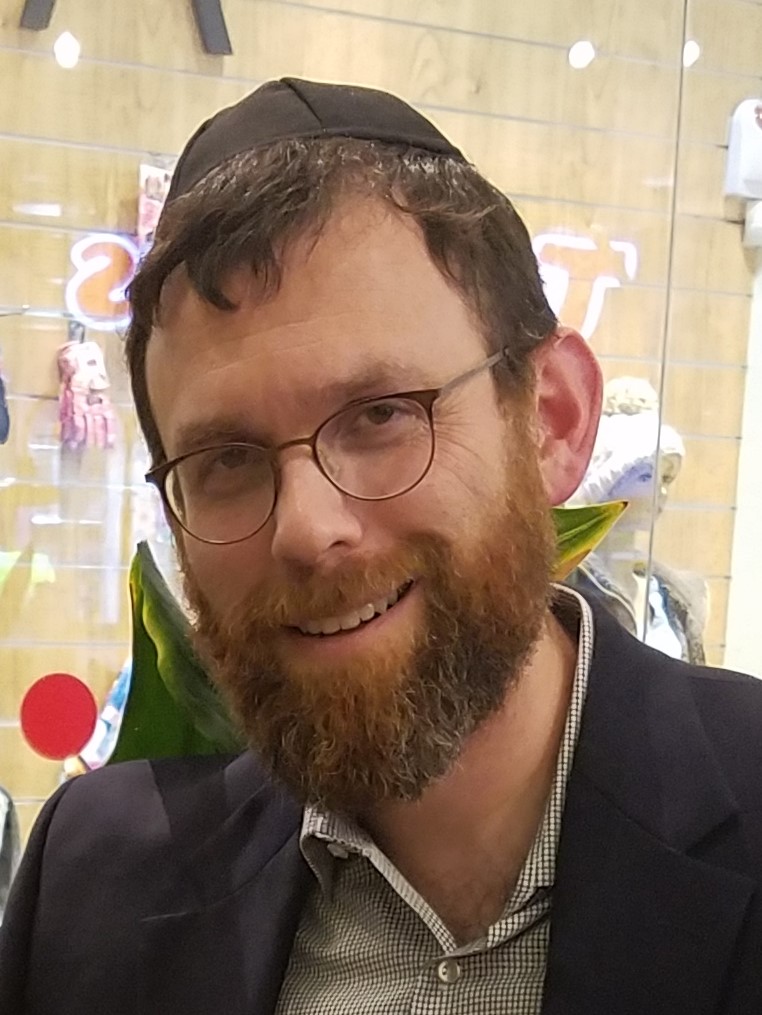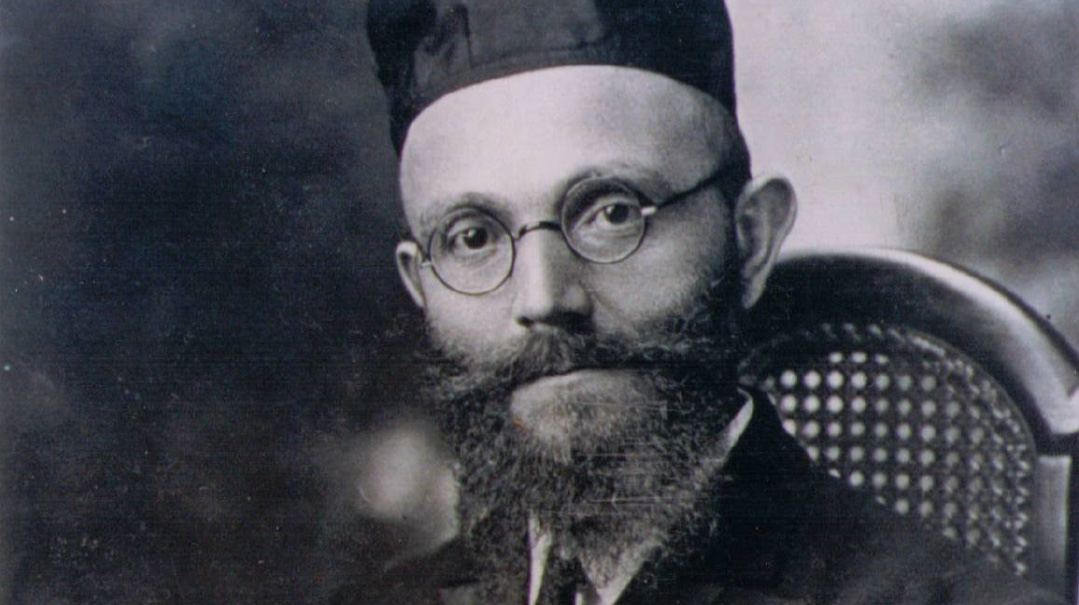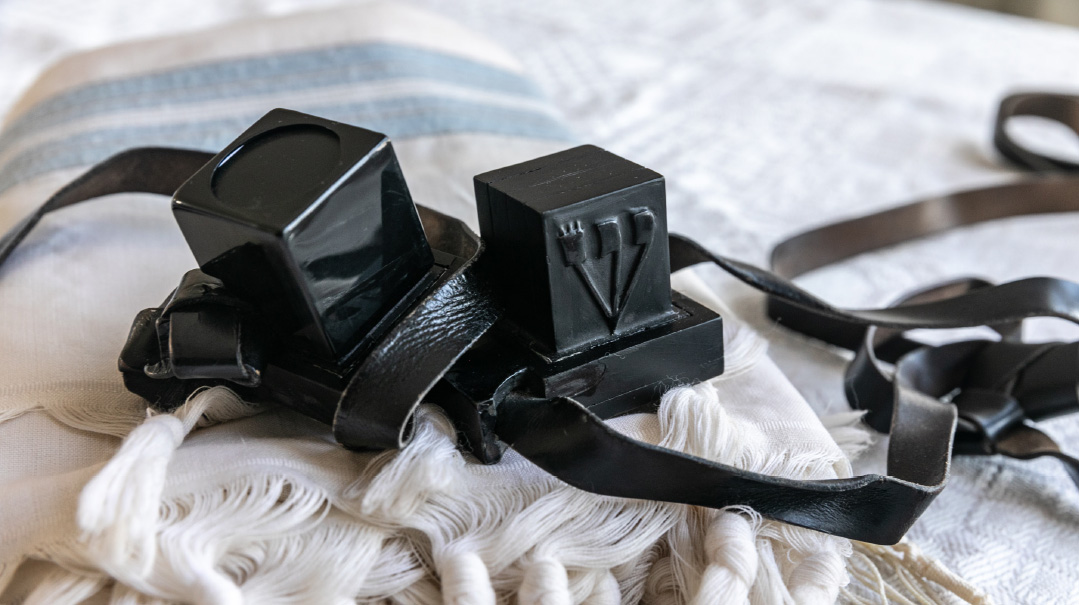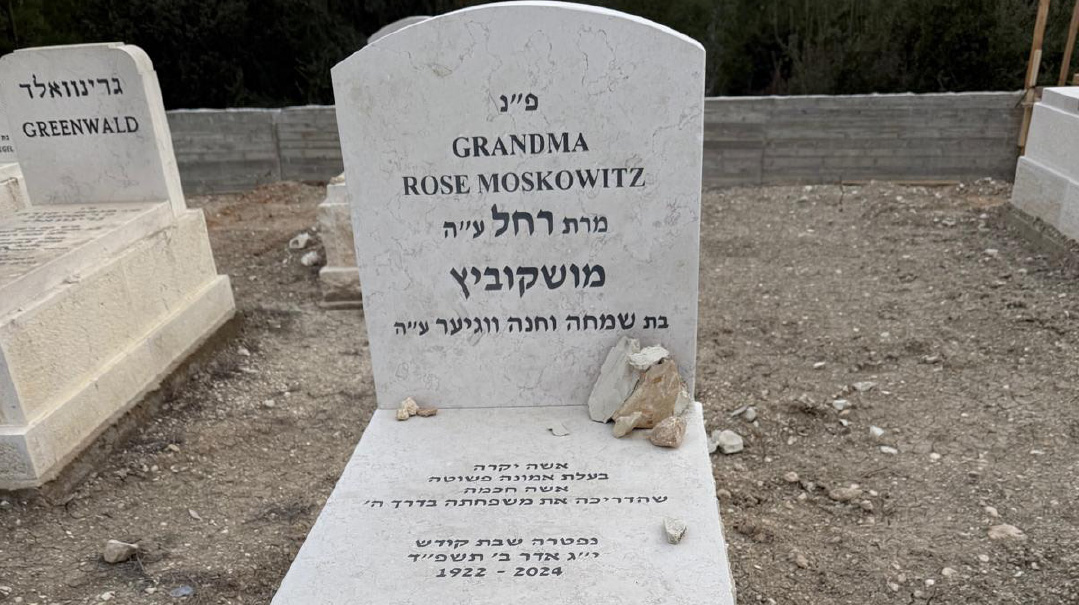Right Place, Right Time

The conductor told him the next stop would be in a number of hours, long after Yom Kippur would begin

The year was circa 1902, the place was rural Hungary. My great-grandfather, Rabbi Psachya Lamm z”l, was a young man, roughly 20 years old, and a student of Rabbi Yehuda Greenwald ztz”l, the rav of Satmar.
He sank back into his seat on the train taking him to the small village in the countryside where he was slated to be the chazzan for Yom Kippur. Serving as a baal tefillah provided him with much-needed income.
Exhausted, he promptly fell asleep. When he woke a few hours later and asked the conductor how much further to the town he was headed to, he was dismayed to hear they had long since passed it by.
His distress only intensified when the conductor told him the next stop would be in a number of hours, long after Yom Kippur would begin.
Oops! We could not locate your form.






